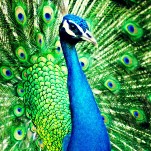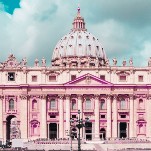Marina Abramovic Will Remove a Passage of Her Memoir that Everyone Agrees Is Racist
LatestEarlier this week, a section of ever-present performance artist Marina Abramović’s memoir, Walk Through Walls, in which she discusses indigenous Australians, began circulating on social media. In the uncorrected proof, Abramović describes “Aborigines” as “really strange and different,” while offering a handful of very dumb observations steeped in a particular fetish for so-called primitive cultures. Today, publishers confirmed that the proof, which led to the Twitter hashtag #TheRacistIsPresent—a reference to her 2010 Museum of Modern Art performance, The Artist is Present—will be edited and the reference to indigenous Australians removed.
The passage, which Artforum notes was taken from a 1979 entry in Abramović’s journal, describes an encounter the artist had with indigenous Australians after the Sydney Biennale. After the Biennale, she and her then-partner Ulay (Frank Uwe Laysiepen) spent six months in the Great Victoria Desert with the Pintupi and Pitjantjatjara tribes. In the memoir proof, Abramović describes the tribes as “the oldest race on the planet,” adding that, “they look like dinosaurs.” There’s more:
-

-

-

-

-

-

-

-

-

-

-

-

-

-

-

-

-

-

-

-

-

-

-

-

-

-

-

-

-

-

-

-

-

-

-

-

-

-

-

-








































